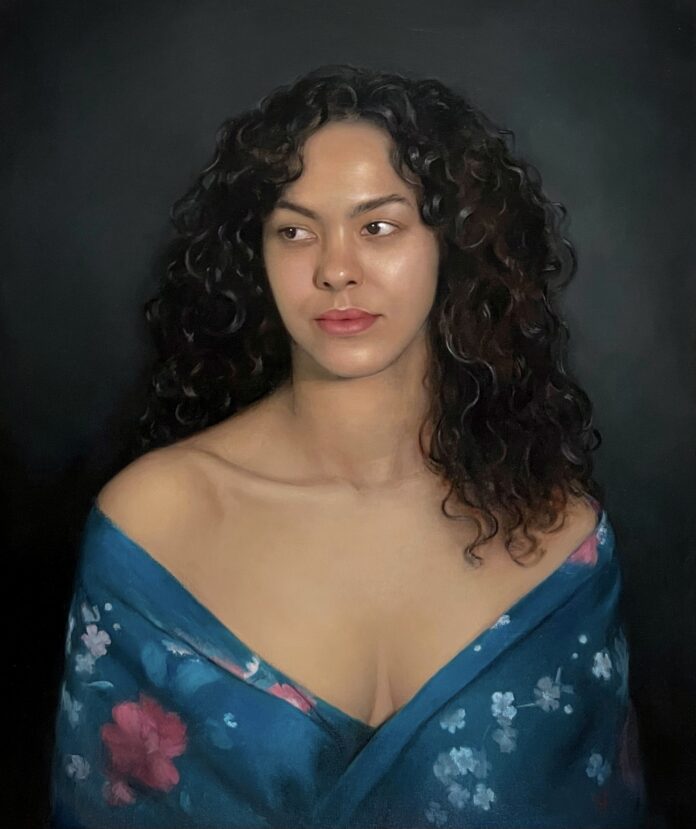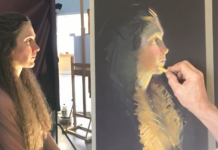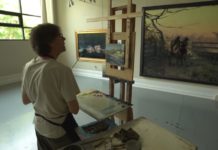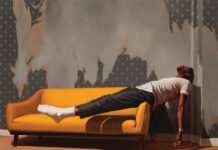An accomplished artist shares her journey of creating representational art, including her advice to those on a similar path.
Written By Svetlana Semenova
The art world is an enormously competitive field with so many talented artists, and finding a way to distinguish yourself can be difficult. That difficulty can be amplified if you do not begin to cultivate and practice your skills and passions early – something I am keenly aware of, being among those whose journey as an artist began later in life.
Although I showed some interest in drawing as a child, briefly taking private classes with a family friend, it was only decades later, after having earned an undergraduate degree in history, that I devoted myself to art. In my mid-20s, my first formal education in art was in Boston, Massachusetts, taking evening classes in drawing and painting.
After a few years, I moved to Europe, completing a short course at Central Saint Martins in London and enrolling in part-time classes at other locations as well. During this time, I made my first serious attempts at still life paintings. Those works, one of which I am sharing here, from approximately 2010, were overly ambitious – too many objects and variety for the novice painter, but looking back now, I can see my clear attempts to master shape, contours, lighting and color.
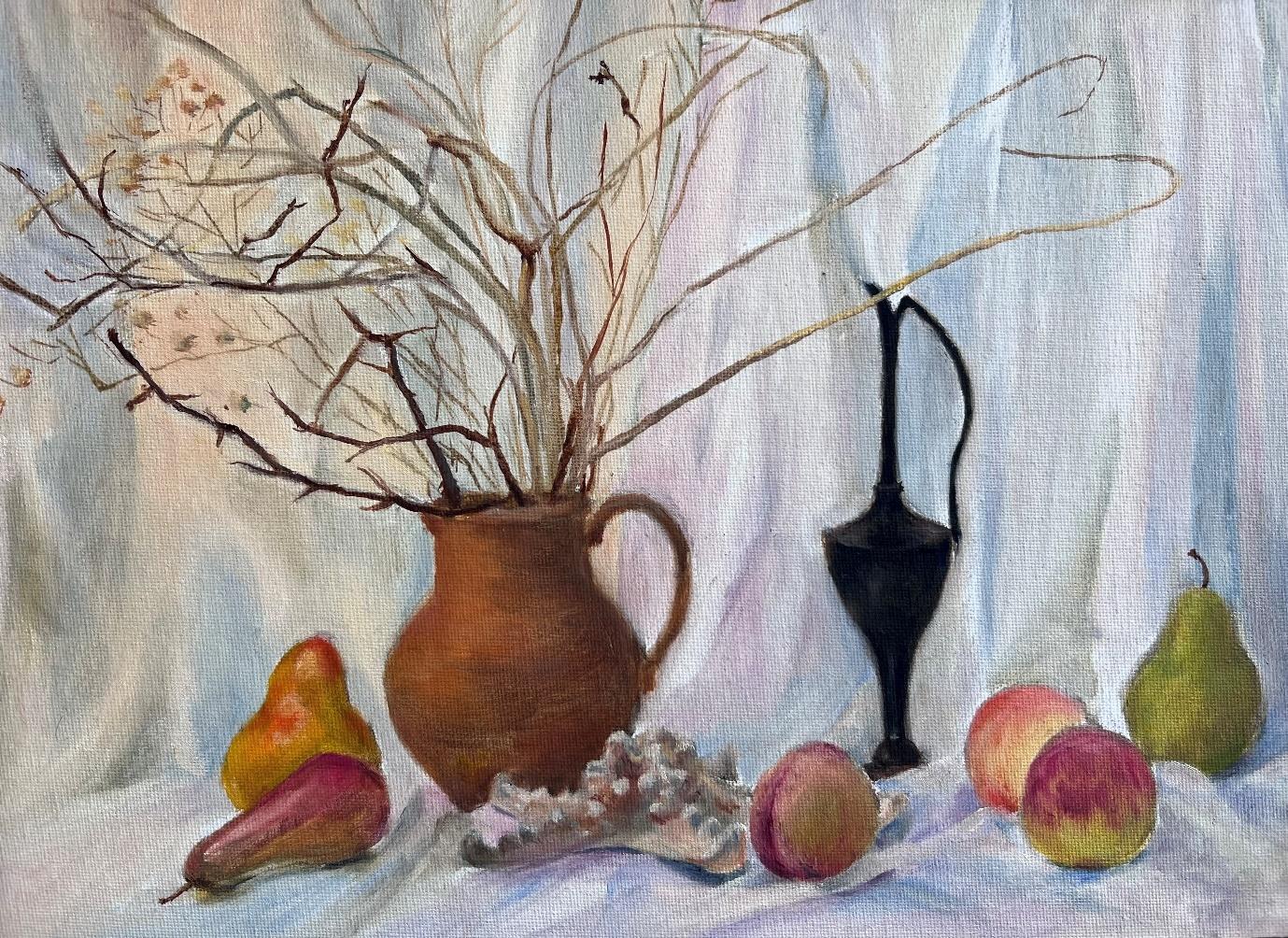
I remember feeling a lack of confidence and skills, missing direction and instruction, but I had whatever natural talents existed within me at the time, as well as a strong desire to improve and express myself. At the time, I was starting from almost zero, and the decision to dedicate myself full-time to art was frightening, but I now realize, and would recommend to others, that the only way to start your artistic journey in earnest is to put your fears and insecurities to the side, and take the plunge.
In those early years, in addition to still life, I also gravitated toward portraiture, initially through cast drawings. Although my longest period of study was at the London Atelier of Representational Art (LARA), where I became immersed in representational art, even my earlier teachers focused on classical traditions, and their impact is reflected in my first cast drawings, such as the one below.
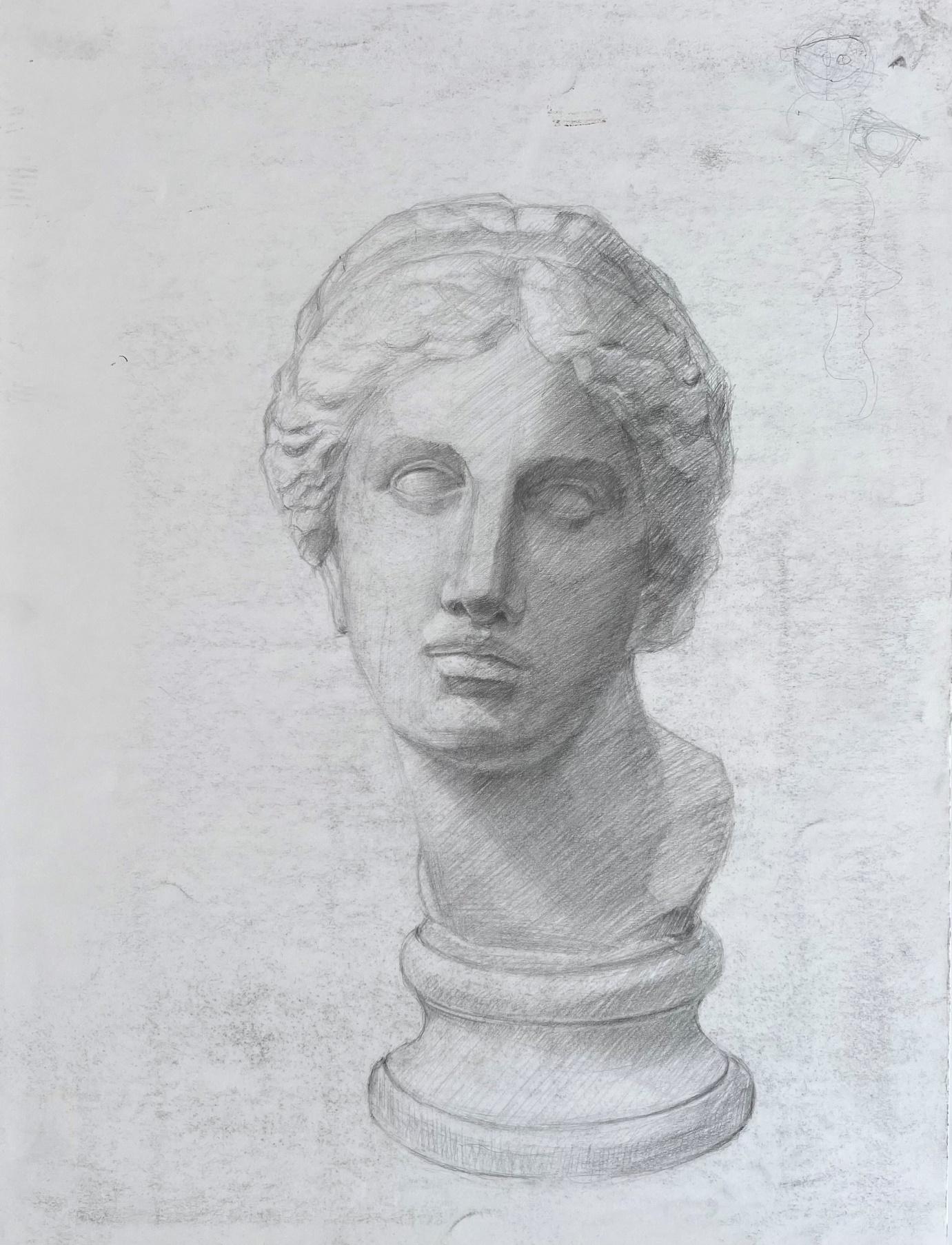
Whether due to the influence of my teachers or an unconscious attraction to particular methods, after many years with LARA, my unique artistic vision took shape. Now, my medium is primarily oils and charcoal, and my works include portraiture, still life, and landscapes, both as paintings and drawings. I would describe my work as firmly rooted in the tradition of representational art, particularly as passed down through the historical lineage of European ateliers and academies, while also incorporating modern materials and themes.
As I developed as an artist, for my still life paintings, I gradually began to limit my subject content to more minimalist subjects, focusing on finer detail and seeking to bring out meaning in smaller moments and objects. I also began to play more with color, values, and light. Over time, I realized that I enjoyed uniting the old and the new – utilizing centuries-old techniques, but adding subtle elements to reflect the modern world in which I live. I would like to think that my current works, including the still life paintings I am sharing here, illustrate that union.
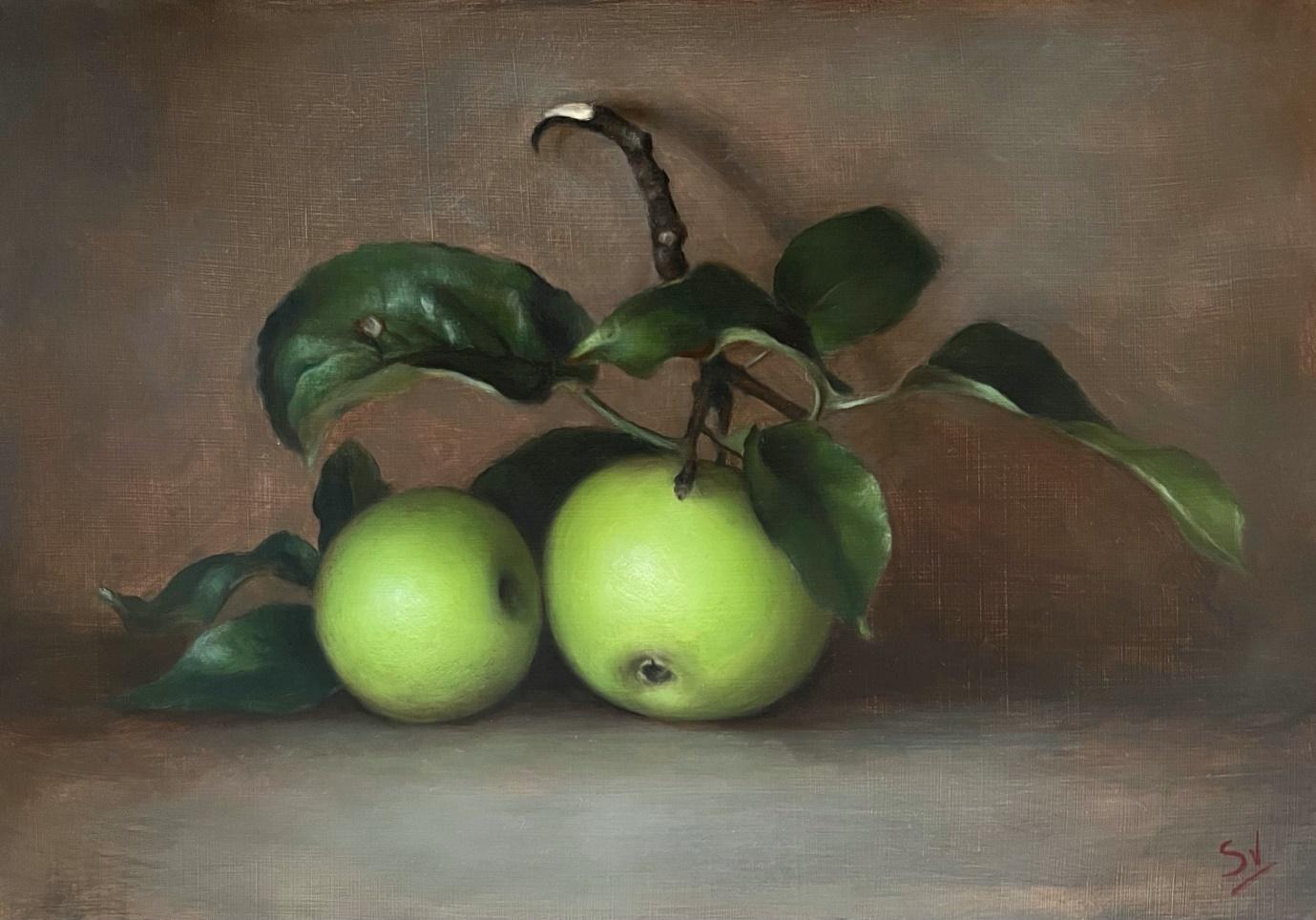
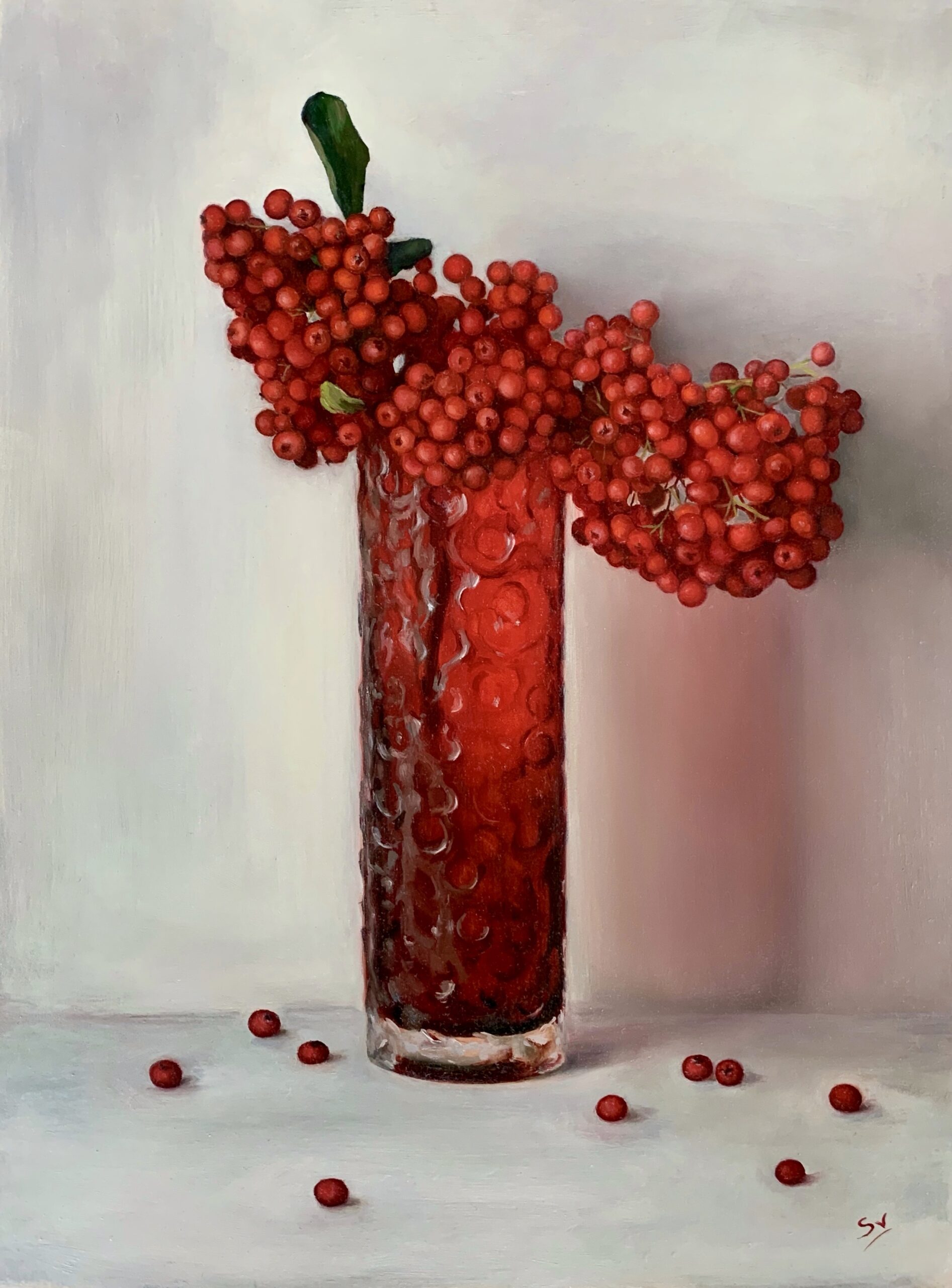
My portraits today are a far cry from my cast drawings of more than a decade ago, but the fundamental principles and aims that I had remain: attention to detail and desire to reflect the emotions and atmosphere of the subjects I paint. In addition to trying to maintain high technical standards, the deeper inspiration for my portraits is always a desire to tell a story through my subject. The pose, facial expression, eyes, clothes, background, lighting – all of these elements help to define a portrait, and the model behind it.
Once I found my artistic voice through portraiture – and it is difficult for me to pinpoint the moment or even year that this happened – I found that the quality and reception of my works vastly improved. Beginning in 2017, less than a decade after I committed myself fully to art, I began to win meaningful recognition, with my first major award being a scholarship from the Art Renewal Center in the United States.
From there, I have been fortunate that others have appreciated and valued my works, and in particular, several of my portraits have won significant awards, including “Arnold” (below) and “Beth” (shown at top).
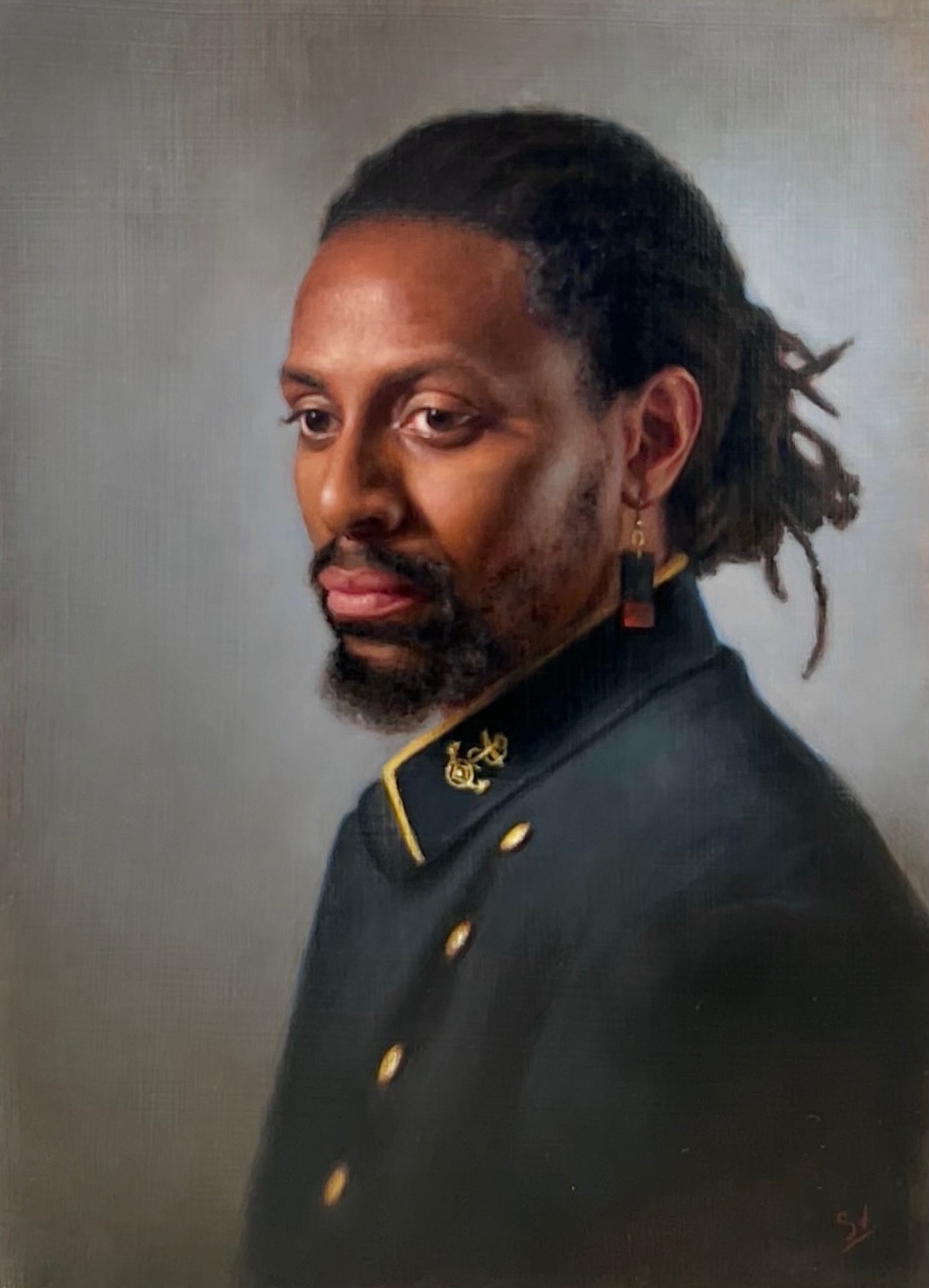
I am sometimes in awe at the amazing talent of young artists today, and often wish that I had begun my journey earlier. However, with many exhibitions and commissions under my belt, having been recently named an Associate Membership in the Society of Women Artists, and with a solo exhibition in October in association with Cass Art, I am equally proud of what I have accomplished and hope that my story can help others who also find their passion for art later in life.
For me, I have found that, like in many aspects of life, the best way to deal with this is simply to be yourself and let that come through your art. We are all unique, we all have different perspectives and ways of thinking, and if you can translate that uniqueness in your art, I think that’s how you generally do best.
It is never too late to start, and if you are dedicated to your craft, you will find fulfilling improvement and meaning in your work!
Connect with the artist at www.svetlanasemenova.com.
Browse more articles on figurative art and artists here at RealismToday.com.


